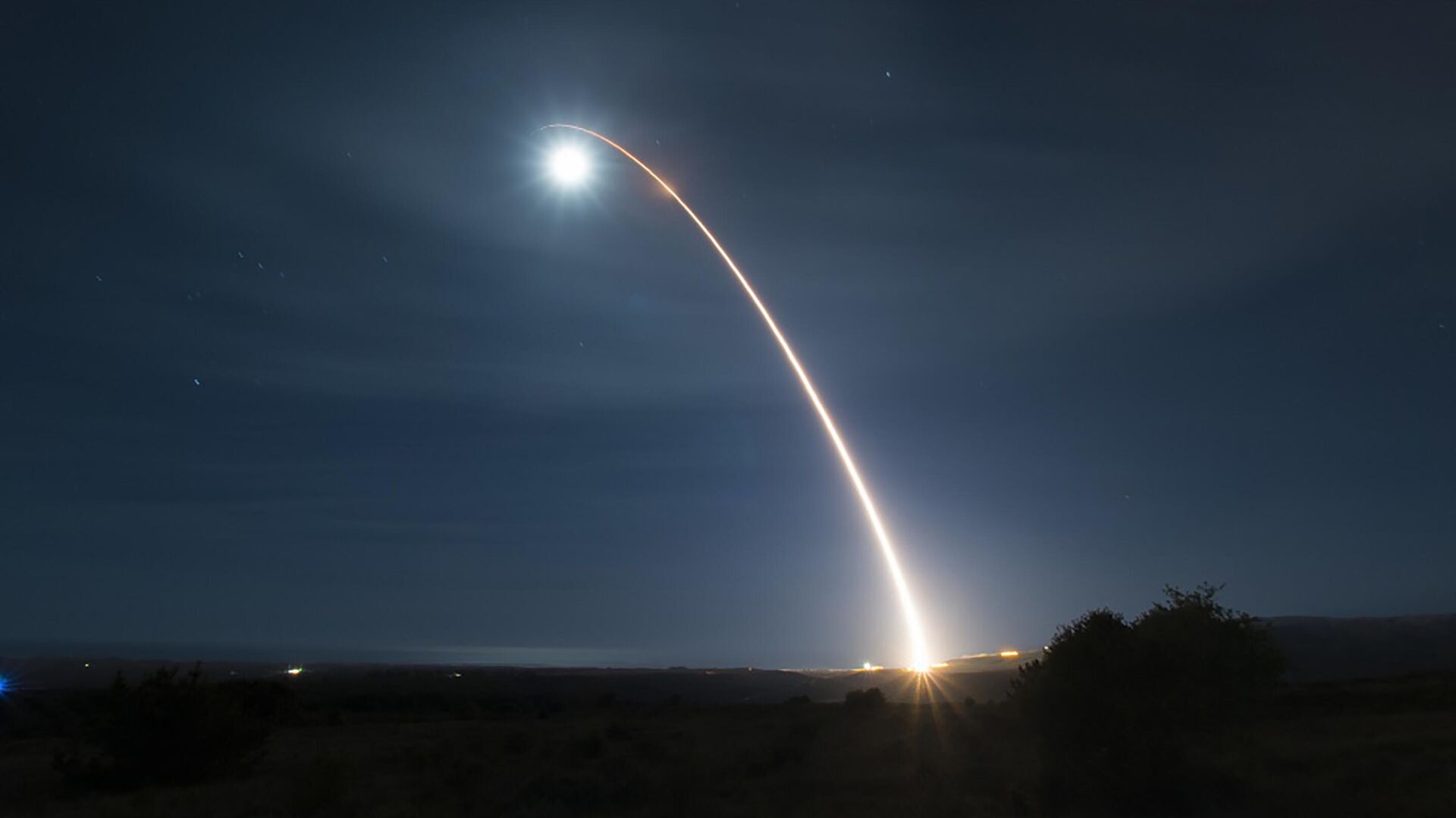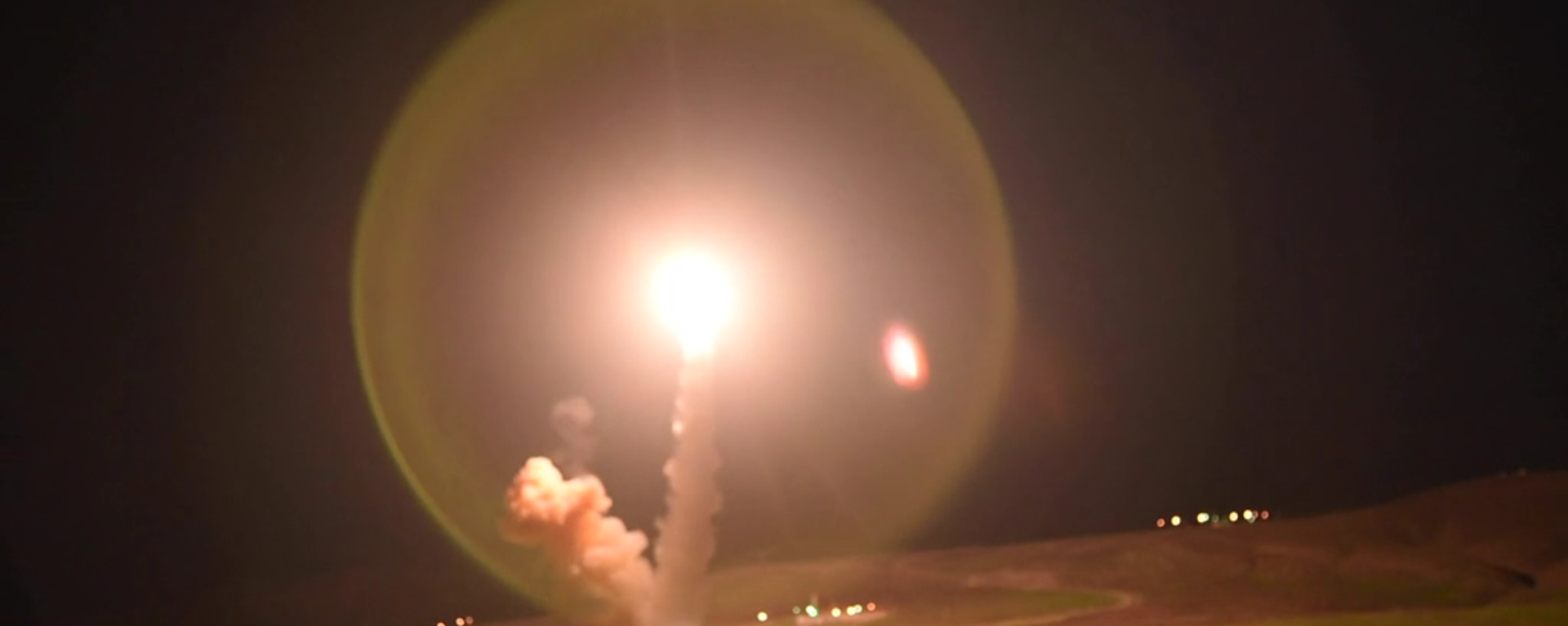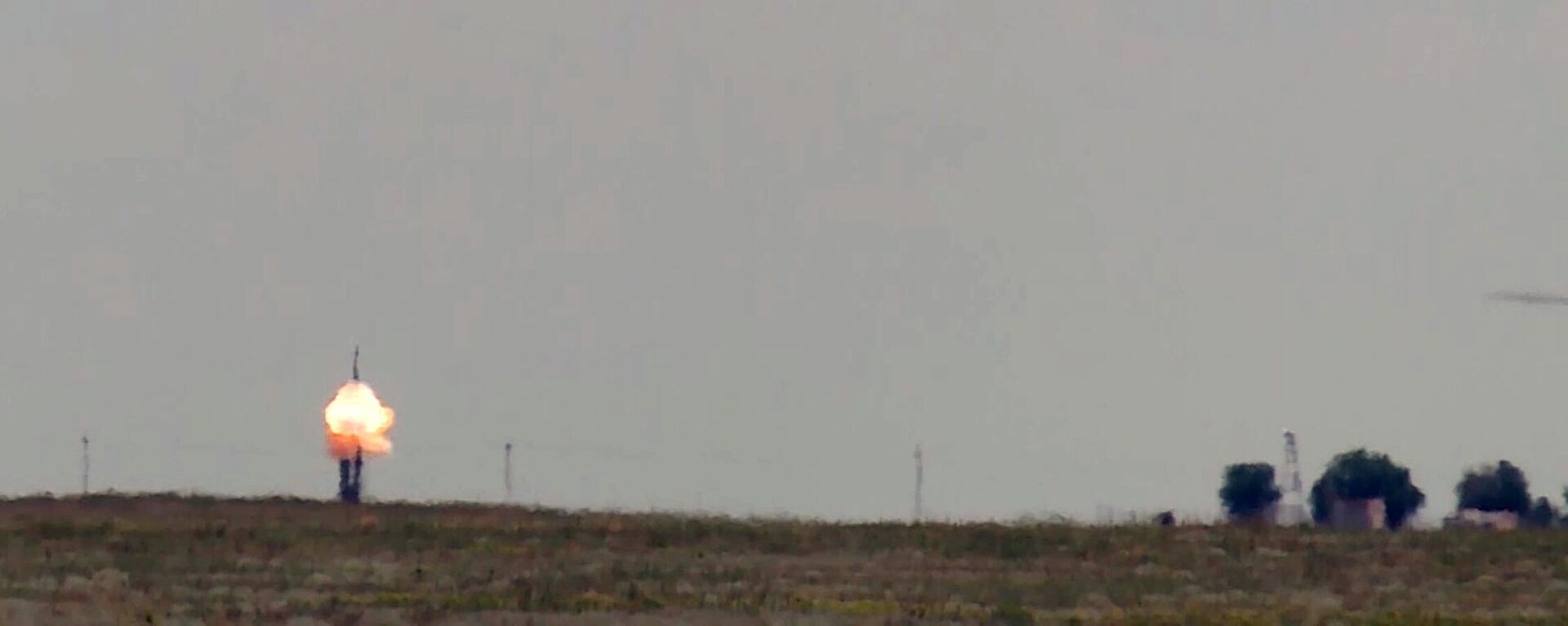What’s Behind US Air Force’s Sudden Minuteman III Test Launch Plans?
18:56 GMT 02.06.2024 (Updated: 19:17 GMT 02.06.2024)

© AP Photo / Senior Airman Clayton Wear
Subscribe
US Air Force Global Strike Command will conduct two test launches of its Minuteman III intercontinental ballistic missiles from Vandenberg Space Force Base this coming week. The tests come amid raging tensions between Russia and NATO amid the escalating proxy war in Ukraine, but likely aren’t worth panicking over, military observers told Sputnik.
US Space Forces Command has announced plans to launch two unarmed Minuteman III ICBMs on June 4 and 6.
The generally reliable but aging missiles, in service with the US military’s strategic nuclear forces since the 1970s, await replacement via the Sentinel ICBM program, with the latter expected to start coming online somewhere in the mid-2030s. In the meantime, the Minuteman III will remain the backbone and workhorse of America’s ground-launched strategic deterrent.
The scheduled tests, announced May 30, on the eve of the Biden administration’s dangerous decision to lift formal restrictions on Ukrainian strikes deep inside Russia using NATO-sourced long-range missiles, “have nothing to do with world events,” 377th Test and Evaluation Group commander Col. Chris Cruz assured.
The June 4 test was originally meant to take place in February, but got postponed after the Air Force had to “safely terminate” a Minuteman III test launch in November after detecting an unspecified “anomaly.”
As for the June 6 launch, it was already scheduled for that date, according to Cruz, “so it made sense to conduct both of them while all the necessary personnel were on site.”
Together, the tests are meant “to demonstrate the readiness of US nuclear forces and provide confidence in the lethality and effectiveness of the nation’s nuclear deterrent,” according to Global Strike Command.
Reliable But Aging Missile
The Minuteman III is a “very reliable” missile system, even if it is an aging one, and even if its “launch facilities could use more attention,” retired US Army Colonel and international and military affairs observer Earl Rasmussen told Sputnik.
Asked whether the upcoming tests of the missile have anything to do with the crisis over Ukraine, Rasmussen said he believes that in this case, there really “should be nothing read into it based on current events.”
“There have been over 300 [Minuteman III] test launches over the last 50 years. So it’s something that happens periodically and it’s a routine training type exercise. Nothing special and I wouldn’t read into this at all,” the observer said.
As far as November’s failed test is concerned, there are a number of things that could have gone wrong, in the veteran former soldier’s estimation.
“The Minuteman is a three-stage type rocket system. The first stage, when it released, apparently was not in the trajectory that was projected, and subsequently they took the effort to terminate the flight for safety reasons,” Rasmussen recalled. The reason for the failure “could be numerous things,” in his view. “You could be looking at aging rocket fuel, potentially, or [Global Strike Command] trying out something new, perhaps a trajectory as well.”
Aleksei Borzenko, a veteran Russian military journalist and deputy chief editor of the Literary Russia newspaper, generally concurs with Rasmussen’s assessment.
“I think the US is conducting an audit of its nuclear warhead-launching missiles. The fact is that they have not conducted any tests for a very long time,” Borzenko told Sputnik, recalling that Russia tests its strategic missiles on average once or twice a year to ensure readiness.
“The Americans have been sitting on what they have,” the observer said, referencing the Minuteman III’s status as an aging system. “Many of these missiles are very old, with these developments dating back to the 70s and 80s. Therefore, they just want to test this missile and gradually modernize their nuclear forces with new missiles. The fact is that missile technology today is one of the most difficult areas when it comes to improving one’s army.”
“The technologies must be produced. This is very, very complex technology. Many tasks are involved in a variety of parallel directions in the production of these missiles, their guidance systems, tied to satellites, equipment to control the rocket’s flight, and a lot of auxiliary things,” Borzenko stressed.
Asked whether the launches should be seen with apprehension by Russia, Borzenko said the answer is yes, at least to some extent, given that it means the Americans have returned to a field they have not tinkered with in a long time and begun their arsenal’s modernization to “put their nuclear missiles in order.”
That said, Borzenko emphasized that at the present stage, US strategic rocketry is lagging behind Russia, “because we have been working in this area for a long time, and have had no failures, with all the latest launches showing that our rockets work perfectly.”
According to Dmitry Stefanovich from the Moscow-based Institute of World Economy and International Relations at the Russian Academy of Sciences, the whole drill may be a signal to China, rather than to Moscow.
"It is possible that one of these two test launches will feature multiple independently targetable reentry vehicles. That is, as you know, Minuteman can carry either one or three warheads - it usually has one but it may carry three. And if this is the deal, it may be a signal to China and Russia that the United States can increase the number of deployed warheads by adding this extra payload to the ballistic missiles," he noted.




